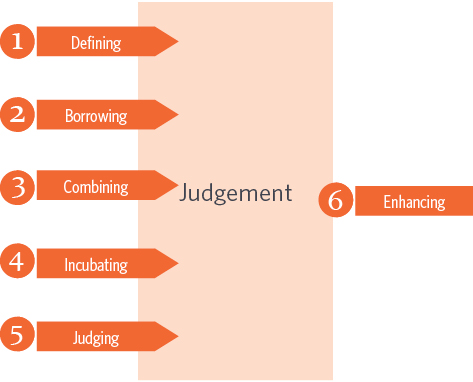Main Idea
New ideas are always constructed out of existing ideas. What appear to be genuinely original ideas always combine snippets of one idea with parts of another to come up with something which has never before been combined in that way.
To be specific, when you look at the creative process from a big picture perspective, youll always find the genesis of any new idea comes through a six step process.
The first three steps can be termed as the origin of the creative idea:
- Define the problem youre trying to solve.
- Borrow ideas from places withsimilar problems.
- Connect these borrowed ideas and combine.
The last three steps are where you then evolve and polish your new idea to make it workable:
- Allow combinations to incubate into a solution.
- Clarify strengths and weaknesses of your idea.
- Weed out weakpoints and strengthen the strong.
By working through this six step process, you come up with something new which combines aspects or elements of old and established ideas into a different mix.
Brilliance is actually borrowed. This has been so throughout human history. Some of the most creative people who have ever lived, such as Isaac Newton and William Shakespeare, were accused of idea theft and plagiarism. Ideas, like species, naturally evolve over time. Existing concepts are altered and combined to construct new concepts; the way geometry, trigonometry, and algebra combine to form calculus. Brilliance is actually borrowed, easily within your reach, for, really, its knowing where to borrow the materials from and how to put them together that determines your creative ability.
Dave Murray
DAVID MURRAY is an aerospace engineer turned entrepreneur, inventor and Fortune 500 executive. He has served as the head of innovation for Intuit and other Fortune 500 companies. Mr. Murray has also started several companies from scratch and grown them to millions in revenues. He has worked as the Senior Manager for Advanced Technologies for President Reagans Star Wars program, as a representative for McDonnell Douglas Astronautics Company and as part of the conceptual development team for the International Space Station.

Enhancing - Eliminate weak points and build on strong points
Keep on improving your idea through trial-and-error. Make adjustments and fine tune what youre working on. Keep on reorganizing your idea again and again until it becomes genuinely world class.
At the end of the day, the creative process is always somewhat erratic. It is always a matter of trial-and-error far more than it is a step-by-step procedure. Good, solid and workable ideas are always illusive to bring to life. It will require a fusion of left-brain creative thinking, right-brain logical thinking and whole-brain facing the realities involved. Pure and simple this will be an iterative process rather than expecting a superb idea to emerge fully formed.
The sixth and last step in the creative process is, therefore, to return to your previous five steps and do them all again using your judgment as the driver of the overall process:
Sometimes this will be a matter of changing the problem youre setting out to solve. Or you may change the mix of components youre working with. Some adjustments will be minor tweaks while others will be a major change of direction. As your idea evolves, guided by your personal judgment, you will keep on eliminating the flaws in your thinking at the same time as you enhance your strengths. This is the way all creative ideas come to fruition so be patient and allow time for incubation.
As you cycle through the various steps again, keep in mind a few suggestions:
1. Defining
How you define the problem youre solving is the foundation on which all your ideas are constructed and all the components of the solution are selected. Periodically, you should pause and ask yourself:
- Can the idea Im working on be used to solve a completely different problem?
- Can I make this problem more dynamic by stating it more positively (How can I improve the efficiency of my employees?) or by stating it more negatively (How can I reduce the amount of time employees waste each day?).
Rewording, rephrasing, and restating a problem works to initiate new ideas because how you define a problem will determine how you solve it. Define it differently, even a little bit, and youll solve it differently. You have control over the problem, so dont be afraid to exercise it. The evolution of an idea includes the evolution of the problem its solving. Redefine your problem. Its the hallmark of a creative mind.
David Murray
2. Borrowing
There is never a blueprint available when youre creating a fresh and innovative idea. Figuring out what components to borrow from will be haphazard. Its more like solving a jigsaw puzzle than it is like baking a cake. You have to keep re-borrowing different stuff all the time to see if you can come up with a more robust solution. Keep asking:
- What different components could I be using here?
- Which components should I replace in this new structure in order to make it even more effective?
This is a return to the second step, except now youre smarter when you return. Your judgment has defined what youre looking for, it has established your creative intuition an idea you can describe as having these strengths without having those weaknesses.
David Murray
3. Combining
Metaphors are never perfect and they need to be updated and changed regularly to retain their relevance to the task at hand. You have to recombine and rethink your metaphors periodically as your idea evolves and improves. To do this, ask:
- How can I rearrange my fresh idea to more effectively solve the problem?
- What can I restructure to better solve the problem?
There are all kinds of ways to recombine things. These changes can be very simple or highly complex. The five most common recombination thinking tools are:
- Addition where you identify new problems your solution has created and ask: What components can I add to my idea which will solve these additional problems? Be careful you dont overcomplicate things. You only want to make additions that simplify, not those that complicate or clutter.
- Subtraction where you ask: What can I remove which is of no practical use? or Which components are no longer needed? or How can I simplify things and focus by removing extraneous stuff?
- Multiplication where you add an existing component over and over. Gillette did this with a double-and eventually a five-blade razor. Ask: What component can I multiply to more effectively solve my problem?
- Division where you split a group of components off and build them into a standalone solution. This is what happened with the record player which evolved from a device which both recorded and played. Ask: Is there a part of this new idea that I can separate and create something which will stand alone to solve a different problem?

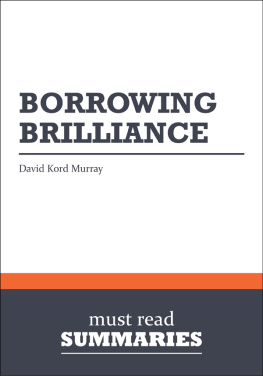
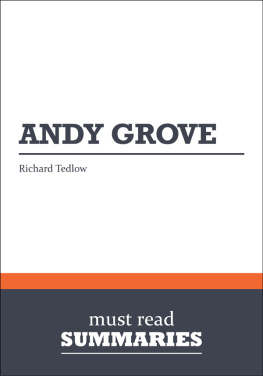
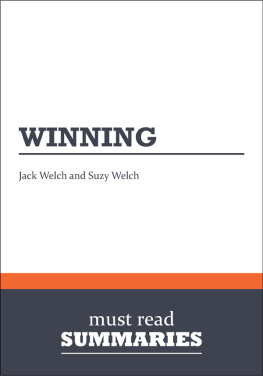
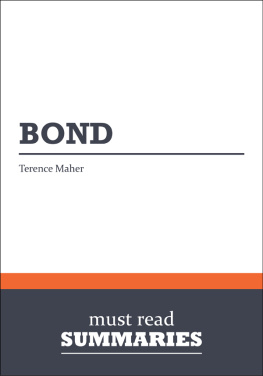
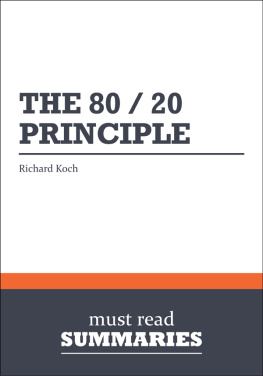

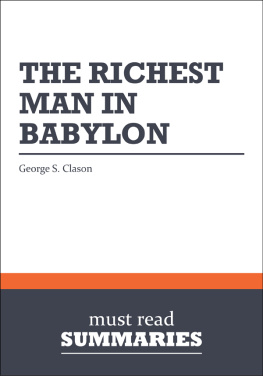


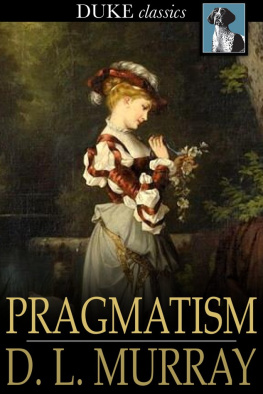
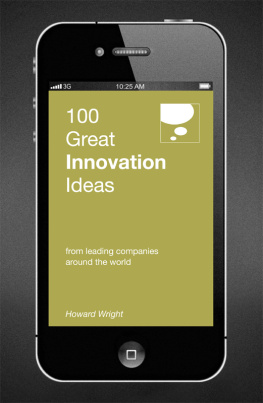



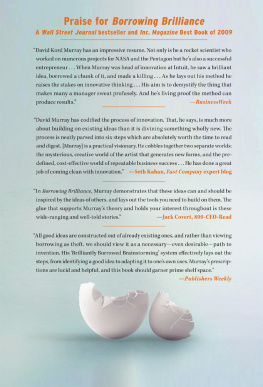
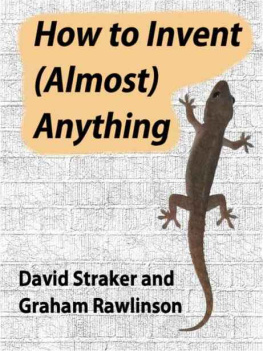
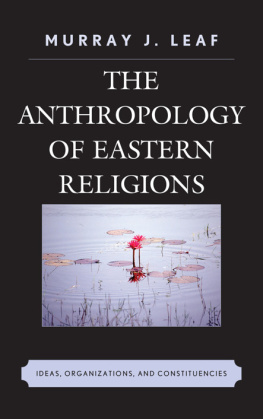


 Enhancing - Eliminate weak points and build on strong points
Enhancing - Eliminate weak points and build on strong points